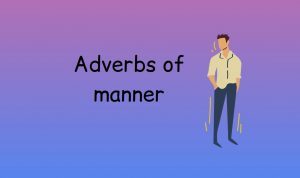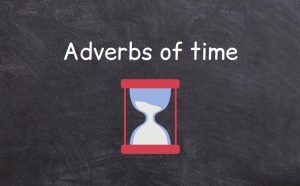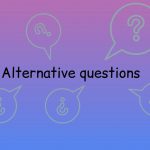Adverbs in English have a huge number of usage patterns. Look at some Tips and Tricks that can help you to understand how to use some of the most popular adverbs correctly in an English sentence.
Often we can combine adverbs into groups to explain how to use a particular group of adverbs correctly.
But some adverbs have their additional nuances, properties, the features of which need to be discussed separately.
In this lesson, I have collected adverbs that we must look at separately to understand what their differences are.
Too
The adverb too is as popular as much or very.
The adverb too shows that there is not just a lot of something, but more than is needed.
For example:
John needs 5 apples.
If John has 5 apples, then that’s as much as he needs.
If John has 6 apples, then this is one more apple than John needs. In this case, we cannot use the adverb too.
If John has 15 apples, this is where we can use too. Therefore, we say:
John has too many apples. (Because he needs just 5 apples)
Look at other examples to see the meaning of too.
It is too important.
What Tom says is too deep for me.
This is too nice to wear every day.
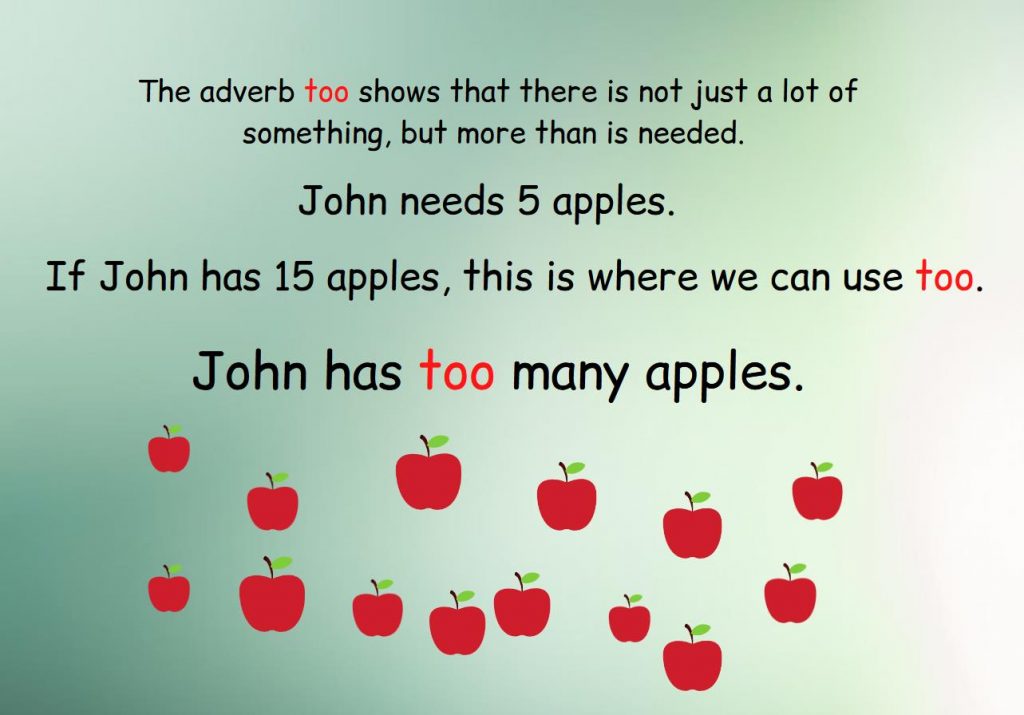
Quite and Rather
Quite and rather are very similar, but quite has a positive meaning. Rather has a negative one.
Wow! What we found is quite remarkable.
Interesting… What we found is rather remarkable.The coat is quite short in the sleeves. However, I may probably wear this coat.
The coat is rather short in the sleeves. I don’t think I would wear it.
Very
The adverb very is very popular in English 🙂
We use very when we want to increase the value of something.
We can say:
He was angry.
But if we want to increase the meaning of the word “angry” we use very.
He was very angry.

Most often, we use the adverb very with adjectives or other adverbs that have a positive degree.
I’m very optimistic about our chances of success.
She took it very well
He is very creative.
He is dressed very well.
Very + well. We use this construct to consent or to permit to do something.
I mean, very well, I agree with you.
Very well, let’s fight them back!
Very well, I certainly appreciate your candor.
We use very with superlative adjectives. Superlative adjectives + very form a supreme meaning.
We only use the very best ingredients.
They wanted the very best quality.
We can form an interesting combination using very and much. We use this combination to express our gratitude. This is how we form the famous expression “Thank you very much”:
Thank you very much for your call.
Thank you very much for sending the photos.
Thank you very much for the flowers.
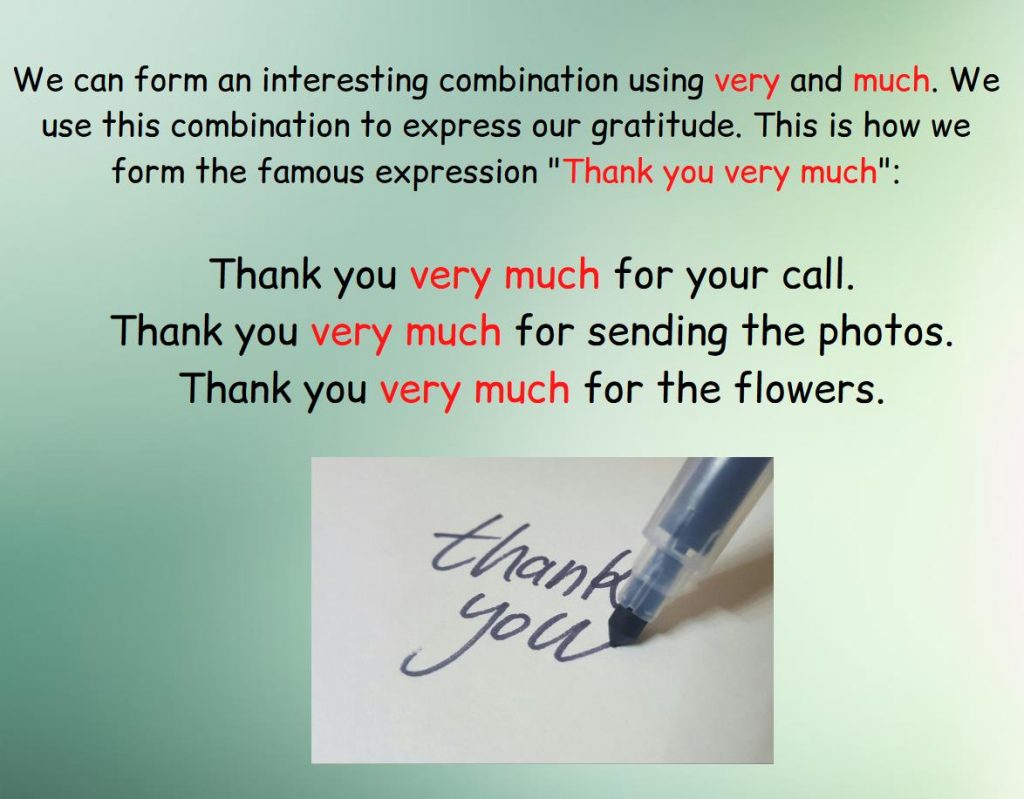
Much
Much is another popular adverb that we use all the time in English.
Much means something more than it is.
Much is the adverb we use with uncountable singular nouns. These nouns include, for example:
- Water
- Salt
- Bread
- Time
- Power
I don’t have much time to read.
We can use much with comparative and superlative adjectives and adverbs.
Uncle John is much stronger than my dad.

Enough
The adverb enough is an adverb that expresses a positive meaning. We use enough when we want to say that there is as much of something as needed. That there is as much of something as it should be.
For example, Mom tells Jessica to buy raspberries to make a jar of jam.
Jessica comes to the market and gives the salesman a basket for raspberries. Jessica watches the salesman pour raspberries into the basket. Jessica sees that there are enough raspberries in the basket to make a jar of jam. So Jessica says:
Thank you, that’s enough. This is as much raspberry as I need. That’s enough raspberries to make a jar of jam.
We usually put the adverb “enough” after the adjective or other adverb that it characterizes.
It was sad enough to read.
I’m young enough to believe all kinds of things.
We can use enough in the opposite sense of too. See the difference between too and enough in the following examples.
I think you’re brave enough to go home.
I think you’re too brave to go home.




